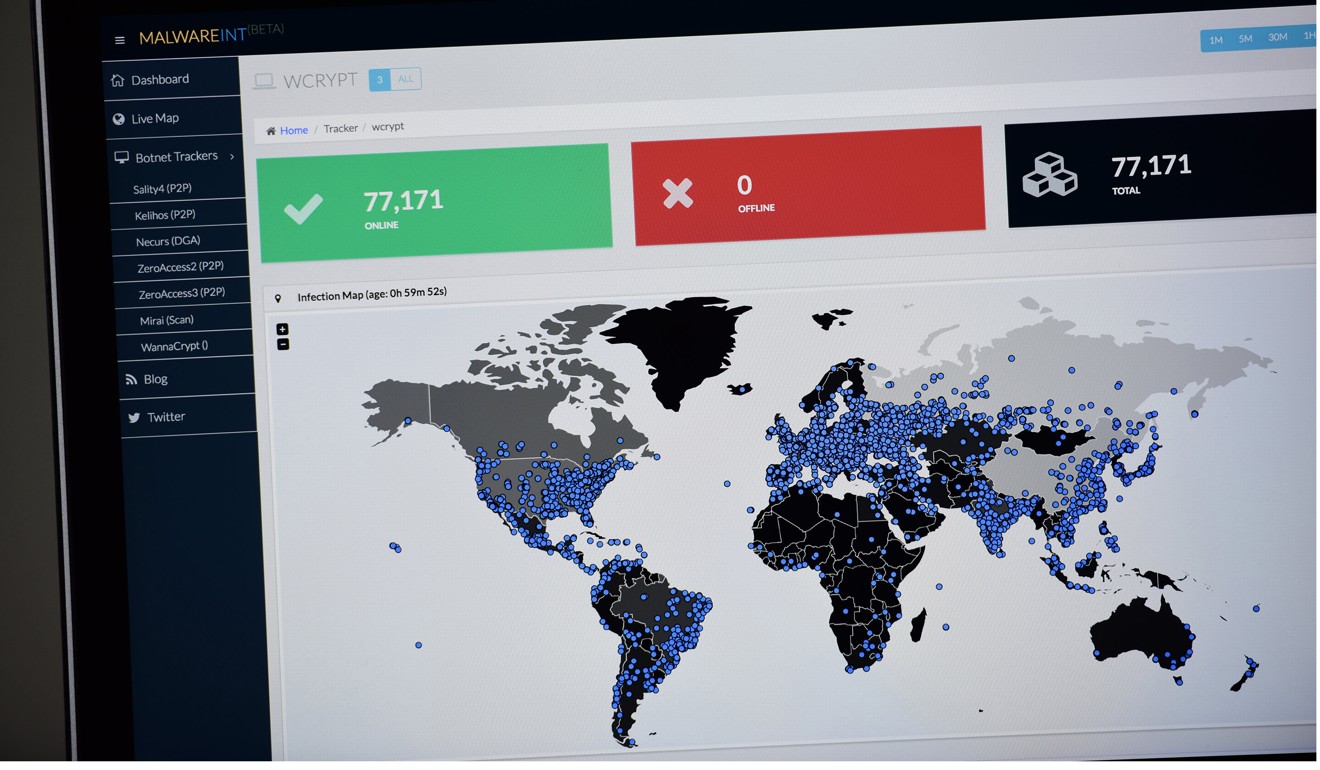
Asia’s governments, businesses and internet users must prepare for cybercrime
Jeff Hurmuses says the Asia-Pacific is not yet the prime target for cybercriminals, but rising use of technology means the region needs to start educating the public and preparing responses for the inevitable wave

Educate against cyberattacks because Asia is world’s most vulnerable region, Hong Kong companies told
It’s likely the region will see an increase in malware detections. Lack of transparency results in weak cyber regulations, as well as a marked lack of security investment among businesses – perhaps partially due to the internet security market being heavily targeted towards the US and European markets.
Only 10pc of Asian firms are insured against cyberattacks

Lloyd’s says big cyber-attack could cost world economy US$120b, as much as Hurricane Katrina
Without background information on the dangers in cyberthreats, individuals and companies are less likely to consult cybersecurity resources, invest in security products or respond quickly to breaches.
Hong Kong No 2 in Asia Pacific for cyberattacks, says survey
While regional internet use grows, legislation and cybersecurity awareness lags; users leave themselves vulnerable to attacks. Individuals, businesses and government bodies must learn more about cybersecurity and educate friends, family and co-workers, while taking steps now before the wave of cyberattacks hits.
Jeff Hurmuses is area vice-president and managing director of the Asia-Pacific at cybersecurity company Malwarebytes
